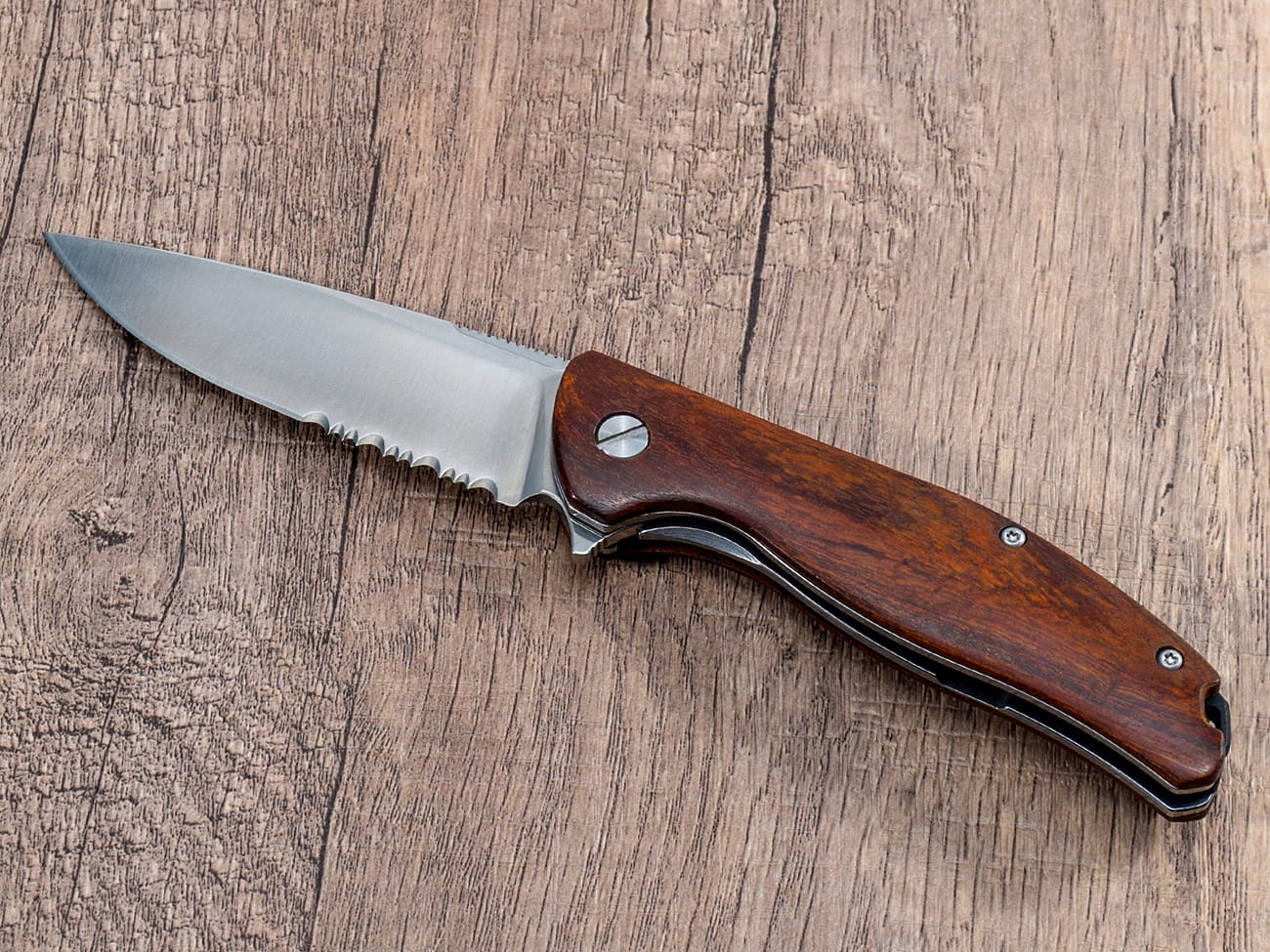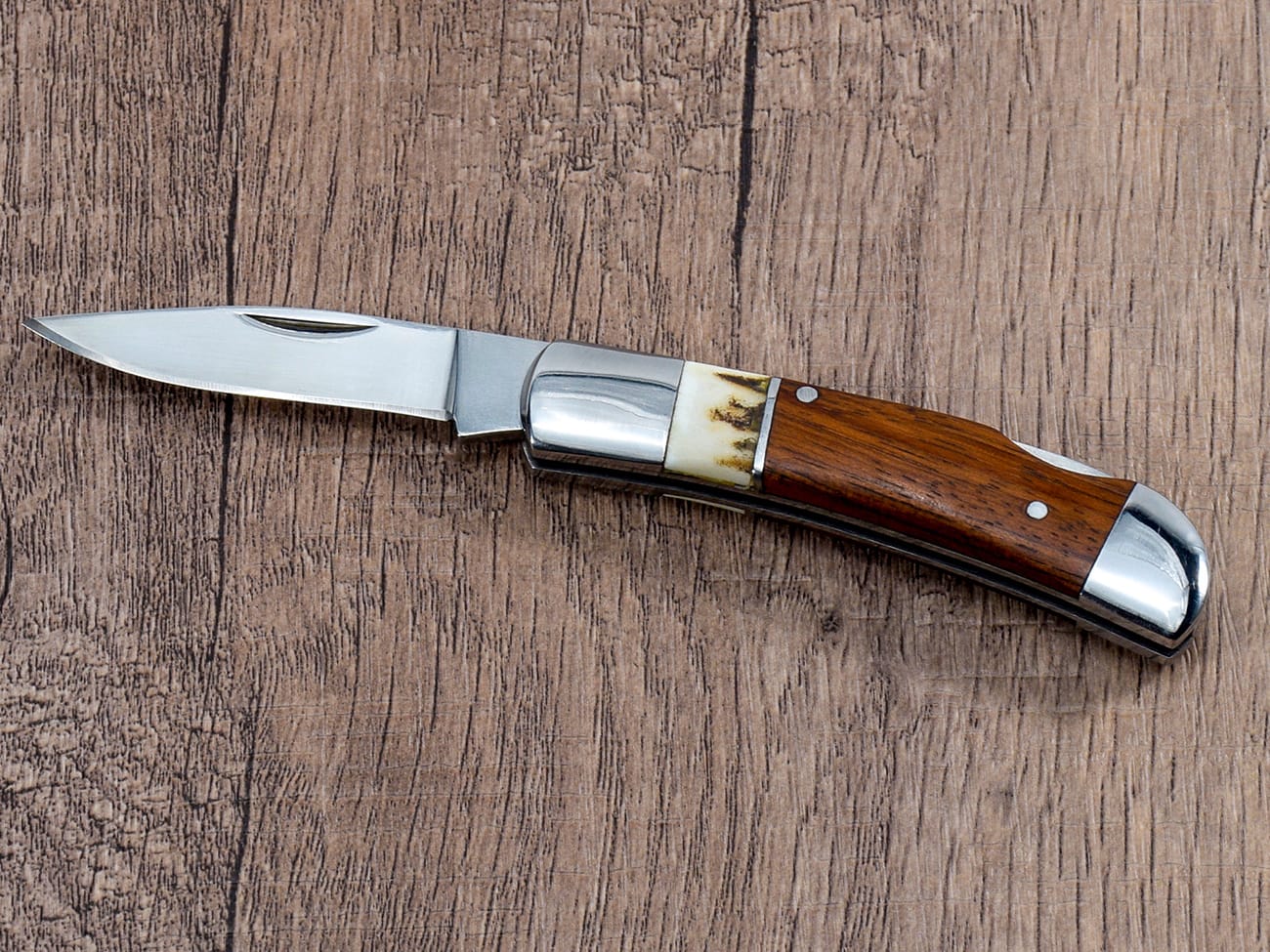Are you on the hunt for the ideal everyday carry (EDC) knife but feeling overwhelmed by the myriad of options available? One crucial factor that often gets overlooked is the weight of the knife. In this comprehensive guide, we’ll delve into the world of EDC knives and explore the perfect balance between functionality and portability. Whether you’re a seasoned knife enthusiast or a newcomer to the EDC scene, this article will equip you with the knowledge to make an informed decision about the appropriate weight for your EDC knife.
Why Does EDC Knife Weight Matter?
Before we dive into the specifics, let’s address why the weight of your EDC knife is so important. A well-chosen EDC knife should be:
- Comfortable to carry daily
- Easy to use for extended periods
- Capable of handling various tasks
- Unobtrusive in your pocket or on your belt
The weight of your knife directly impacts all of these factors, making it a crucial consideration in your EDC knife selection process.
What’s the Ideal Weight Range for an EDC Knife?
When it comes to EDC knives, there’s no one-size-fits-all answer. However, most experts agree that the sweet spot for an EDC knife weight falls between 2 to 5 ounces (57 to 142 grams). This range offers a good balance between functionality and portability for most users.Let’s break it down further:
- Lightweight EDC knives: 2-3 ounces (57-85 grams)
- Medium-weight EDC knives: 3-4 ounces (85-113 grams)
- Heavier EDC knives: 4-5 ounces (113-142 grams)
How Does Blade Length Affect EDC Knife Weight?
The blade length of your EDC knife plays a significant role in determining its overall weight. Generally, longer blades result in heavier knives. Here’s a rough guide:
- 2-3 inch blades: Typically weigh 2-3 ounces
- 3-4 inch blades: Usually fall in the 3-4 ounce range
- 4+ inch blades: Often weigh 4 ounces or more
Keep in mind that blade thickness and materials also contribute to the overall weight. For example, a 3.54 inch 8cr13mov stainless steel rose wood folding knife might weigh differently than a similarly sized knife with a titanium handle and D2 steel blade.
What Role Do Handle Materials Play in EDC Knife Weight?
The handle material of your EDC knife can significantly impact its weight. Here are some common handle materials and their weight characteristics:
- G10: Lightweight and durable, perfect for EDC knives
- Titanium: Extremely lightweight yet strong, ideal for premium EDC knives
- Stainless Steel: Heavier but very durable
- Aluminum: Lightweight and affordable
- Wood: Varies in weight, adds a classic look
For example, a custom G10 handle EDC knife with liner lock and pocket clip might be lighter than a similar knife with a stainless steel handle.
How Does Knife Design Affect Weight Distribution?
The overall design of an EDC knife can greatly influence how its weight is distributed and how it feels in hand. Factors to consider include:
- Blade shape (drop point, tanto, etc.)
- Handle ergonomics
- Locking mechanism (liner lock, frame lock, etc.)
- Pocket clip design
A well-designed knife will feel balanced and comfortable to use, regardless of its actual weight. For instance, a 3.35 inch G10 handle folding knife with axis lock and clip might feel more balanced than a heavier knife with poor weight distribution.
What Are the Advantages of Lightweight EDC Knives?
Lightweight EDC knives, typically weighing between 2-3 ounces, offer several benefits:
- Easy to carry all day without noticing
- Ideal for office environments or formal settings
- Less fatigue during extended use
- Often legal in areas with stricter knife laws
However, ultra-light knives may sacrifice some durability or features to achieve their low weight.
When Might You Want a Heavier EDC Knife?
While lightweight knives are popular, there are situations where a heavier EDC knife (4-5 ounces) might be preferable:
- For heavy-duty tasks or outdoor use
- When you prefer a more substantial feel in hand
- If you value durability over absolute portability
- For self-defense purposes (where legal)
A custom damascus folding knife with G10 handle and liner lock might fall into this category, offering a robust build for more demanding tasks.
How Do Different Steel Types Affect EDC Knife Weight?
The type of steel used in your EDC knife’s blade can impact its weight. Here’s a quick overview:
- High carbon steels (e.g., D2): Generally heavier but offer excellent edge retention
- Stainless steels (e.g., 8Cr13MoV): Varying weights, good corrosion resistance
- Premium steels (e.g., S30V): Can be lighter while maintaining strength
For example, an 8cr13mov steel pocket knife with G10 handle and pocket clip might be lighter than a similar knife made with D2 steel.
What’s the Impact of Knife Weight on Everyday Carry?
The weight of your EDC knife can significantly affect your daily routine:
- Comfort: A lighter knife is less noticeable in your pocket
- Accessibility: Heavier knives might require a sturdier pocket or belt clip
- Versatility: Lighter knives are easier to carry in various settings
- Legality: Some areas have weight restrictions on carry knives
Consider your daily activities and environment when choosing the weight of your EDC knife.
How to Choose the Right Weight for Your EDC Knife?
Selecting the appropriate weight for your EDC knife involves several factors:
- Intended use (light tasks vs. heavy-duty work)
- Carry method (pocket, belt, bag)
- Personal preference (some prefer a more substantial feel)
- Local laws and regulations
- Your physical build and strength
Try handling different knives to get a feel for what works best for you. A 3.35 inch G10 handle pocket knife with sanded blade and clip might feel perfect for one person but too light for another.
Balancing Weight and Features in EDC Knives
When choosing an EDC knife, you’ll often need to balance weight with desired features:
- Locking mechanisms add weight but increase safety
- Multiple tools (e.g., bottle openers) increase versatility but also weight
- Larger blades offer more cutting power but add heft
- Premium materials might reduce weight but increase cost
Consider what features are most important to you and how they affect the overall weight of the knife.

Key Takeaways: Choosing the Right Weight for Your EDC Knife
To sum up, here are the most important points to remember when considering the weight of your EDC knife:
- The ideal weight range for most EDC knives is 2-5 ounces
- Blade length, handle materials, and steel type all affect knife weight
- Lighter knives (2-3 oz) are easier to carry but may sacrifice durability
- Heavier knives (4-5 oz) offer more robustness but can be less comfortable to carry
- Consider your daily activities, local laws, and personal preferences when choosing
- Balance desired features with weight considerations
- Try different knives to find what feels best in your hand and pocket
Remember, the perfect EDC knife is one that you’ll actually carry and use every day. By considering the weight alongside other factors like blade steel, handle material, and overall design, you’ll be well-equipped to choose an EDC knife that meets your needs and becomes an indispensable part of your everyday carry.




